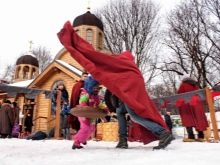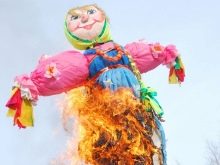Shrovetide: a pagan or an Orthodox holiday?
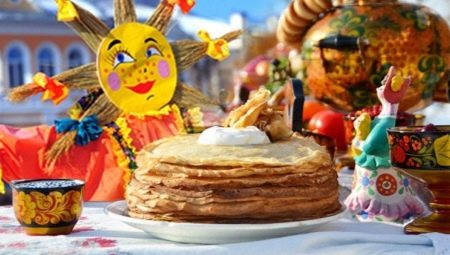
Maslenitsa is one of the traditional holidays, the origin of which causes serious disputes and disagreements both in the camp of deeply religious people and those who are more interested in the historical aspect. The confusion of traditions introduced by Christianity and echoes of pre-Christian rituals only adds to the confusion. Let's try to understand the features of this difficult, but regularly recurring event.
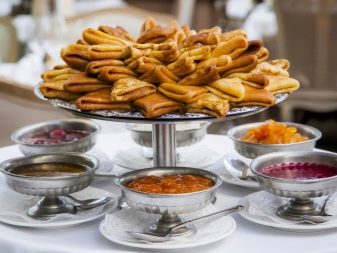

The pagan roots of the holiday
Maslenitsa rituals, which spread in antiquity among the Slavs and other peoples of Europe, are quite consistent with the generally accepted ideas about the culture of pastoralists, hunters and farmers of that time. Numerous ancient sanctuaries, with their structure reminiscent of a kind of calendar, special marks of which indicated the most important astronomical phenomena, confirm the importance of natural phenomena for people of that distant era. A relatively young direction of archeology - archeoastronomy confirms the regular instructions in the construction of sanctuaries for special astronomical events: the summer solstice, the spring and autumn equinox, and the winter solstice.
Each such astronomical event had a connection with the transition to a new rhythm of life. The approach of the vernal equinox signaled the beginning of the rebirth of nature, as is known from the Russian proverb: "spring day, the year feeds." Shrovetide was such a transition from a measured winter existence to a riot of spring energy, when the earth begins to free itself of snow, and the farmer prepares implements and sowing material.
If you miss even a day, or leave something unattended, it can seriously affect the future harvest.
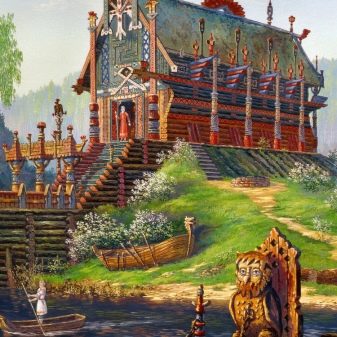
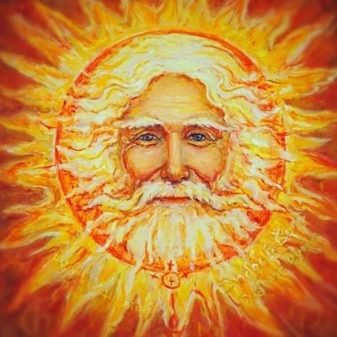
According to numerous studies, it was the vernal equinox that began the report of the new year. Thus, Maslenitsa can be remotely compared in its meaning with the modern, beloved by all holiday - New Year. In addition, Maslenitsa freed up storage facilities for the future harvest, helped to distribute the remaining stocks, and due to the lack of refrigerators, in the conditions of more and more frequent thaws, some products had to be consumed as soon as possible. This is how the pagans developed a tradition of plentiful meals on Shrovetide.
At the beginning of spring, livestock was calving, which means that milk appeared again, this is the basis of the tradition of consuming dairy products on Shrovetide. And the very name of the holiday means nothing more than the time when dairy products, including butter, predominate in the diet. Shrovetide is one of the so-called family holidays. According to numerous descriptions, each of the holidays involved visiting relatives. This phenomenon is also not accidental. Surviving a long winter in good health was not as easy as it seems now. Therefore, people tried to see their loved ones, and in order not to miss someone, every day was prescribed to visit various relatives.
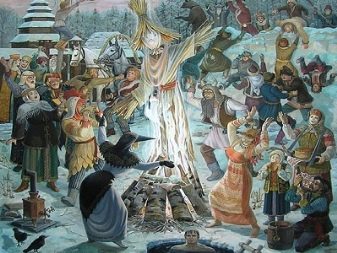
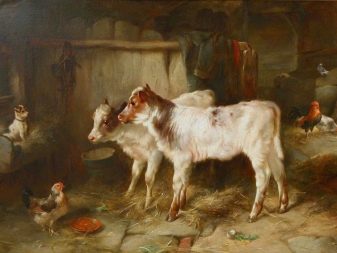
The new cycle of life also marked a new round of family relations, everything bad, quarrels and resentments, had to be left in the past. Of course, not the least role was played by the fact that the beginning of the new period of intensive work will not leave time for guests. Next time, like this in a measured way, without fuss and haste, it will be possible to communicate only after the harvest in the fall. Shrovetide, as a holiday of the revival of life, was also important for the continuation of the human race. The tradition of cheerful and violent festivities with kissing rituals is nothing more than an echo of pagan games organized for young people.
Riding down the mountain, when a guy and a girl sat in the same sleigh and were forced to snuggle tightly to each other, allowed us to overcome natural shyness. Fist fights "wall to wall", when good fellows could show their prowess. At this time, the guys gave the girls gifts that they had to either buy, thereby showing their worth, or make them, showing skill.
Often they gave a personally made copper or even gold ring. Such a gift suggested an early matchmaking. If the parents approved of the choice, sometimes it happened on Shrovetide.
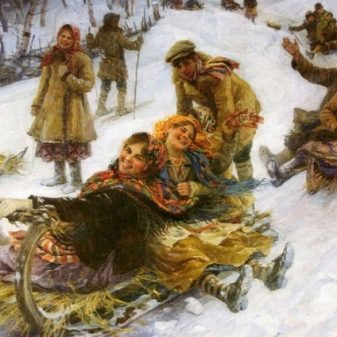

Of course, the original Maslenitsa rites have been largely lost, there were some local traditions, the restoration of which is hardly possible. The history of the holiday is largely incomplete, and sometimes, alas, is false. Along with the preserved tradition, a whole layer of its imitations continues to develop. Mass cultural education and intense anti-religious propaganda, first of all, the fight against Christianity, created a very popular holiday in Soviet times, both in the countryside and in the city, the Farewell to Winter holiday.
There was much in it from the traditional pagan Shrovetide, but even more from the imagination of cultural workers who passed on to each other the most diverse scenarios of the festive action. They were transmitted, among other things, thanks to special periodicals.
Modern Maslenitsa is a whole interweaving of echoes of the past and various innovations that have nothing in common with the ancient folk tradition.
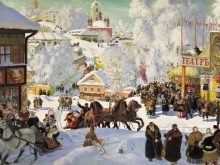
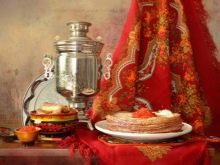
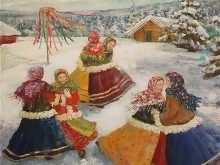
Shrovetide in Orthodoxy
The contradictory attitude of Orthodoxy towards Maslenitsa is obvious. Let's start with the fact that such a religious holiday does not seem to exist; it stably retains its name only in the folk tradition. The church celebrates the Orthodox holiday of Easter, the roots of which have nothing to do with the culture of the ancient Slavs. Easter is an ancient pre-Christian holiday of the Semitic tribes, pastoralists who lived in the Middle East, among whom it was also associated with the vernal equinox.
However, in the Christian tradition, when only that Easter, which Christ celebrated with the disciples, began to be celebrated. The time of this holiday began to shift, so every year it is celebrated not by date, but by counting the new moon from Christmas. The lunar and solar calendars do not coincide, which is why the time for celebrating Easter is shifted every year. Together with it, the Shrovetide week preceding it is also shifting.

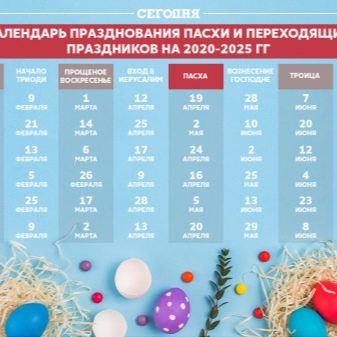
According to the Orthodox tradition, the most important events for the whole of Christianity took place at this time. Christ with his disciples-apostles came to preach in Jerusalem. The Easter holiday was approaching, which he wanted to celebrate with his closest disciples. Betrayed by Judas, Christ was arrested, subjected to judgment and torture, and then crucified. Christians all over the world celebrate the miraculous resurrection of Jesus Christ, with which they congratulate each other.
Historically, it so happened that in the minds of the people two most important traditions were inextricably intertwined - the pagan Maslenitsa and the Christian Easter, in which the crucified Christ rose from the dead. The first Christian preachers could not break the thousand-year tradition, they chose a wiser path, carefully weaving into it new ideas for that time. New Year's celebrations are now connected with other events, namely with Christmas - the birth of the baby Jesus, when nature not only comes to life, but, as it were, revives with the Sun, and the day begins to arrive. The reckless, merry Shrovetide had to be linked with the upcoming Great Lent. As a result, a new high meaning was added to the holiday beloved by the people.
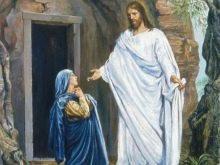

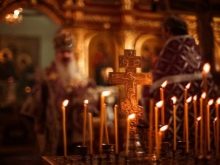
The transition to fasting had to be marked by the gradual rejection of the consumption of certain products. This transition lasts for three whole weeks. Immediately before fasting, Cheese Week is celebrated, during which meat can no longer be consumed, but dairy products can still be consumed. The week ends with Cheese Week - Forgiveness Sunday, the tradition of which has long pre-Christian Semitic roots. When people who wanted spiritual solitude left for prayers in the desert and said goodbye to all their acquaintances, in case their spiritual quest ends in death. Jesus intended to do the same by organizing a Supper for his disciples, where he broke bread and poured wine for them.
The last day of Maslenitsa, which coincides with the celebration of Easter, should be the most joyful because it was on this day that Christ was resurrected. This is where the most intimate combination of the traditions of the joyful holiday took place. On other days, from the point of view of the Orthodox clergy, and according to the well-grounded opinion of the majority of believers, widespread fun is unacceptable. Because it contradicts the humility that should reign in the soul of every Orthodox who experiences the torment of Christ and prepares himself for the coming Great Lent.
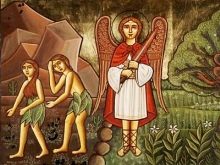
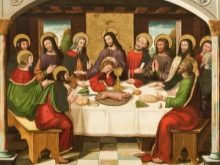

At this time, weddings are not held in churches, however, it turned out to be impossible to prohibit the fun and the festive mood prevailing in society. A churched person experiences great spiritual trepidation, and at the same time there is unrestrained merriment nearby. At the beginning of the 20th century, festivities were held on Maslenitsa, which had nothing to do with Orthodox traditions. The people raged in their merriment, not infrequently violating any restrictions on food and, to be honest, in the consumption of intoxicating drinks. On the ice of the rivers "wall to wall" converged, the merchants tried to lay out the most popular goods.
During the years of theomachy, as already mentioned, the celebration of Maslenitsa turned into a widely celebrated holiday of Farewell to Winter. Then many traditions close to pagan were restored or re-invented, and any mention of a possible Orthodox heritage was diligently destroyed.
As a result, we now have a largely artificial secular spring holiday, the traditions of which are equally far from pagan traditions and even more so from Orthodox.
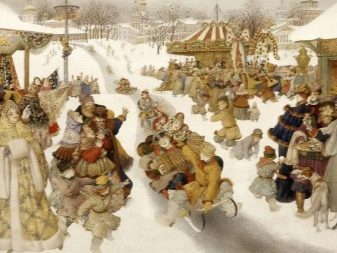

Main traditions
What is the significance of this ancient and at the same time always modern holiday? Something in it has become from ancient times, first of all, this is the very name - Shrovetide. The time of celebration came from Orthodoxy and, in one way or another, is based on the Orthodox tradition, in which each day is assigned a special role in preparation for the upcoming Easter and subsequent fasting.
Many of the rituals characteristic of mass festivities were transferred from the tradition of celebrating Farewell to Winter that developed in Soviet times. So, now you can't get an unequivocal answer as to what kind of holiday it is, Orthodox, pagan or secular.
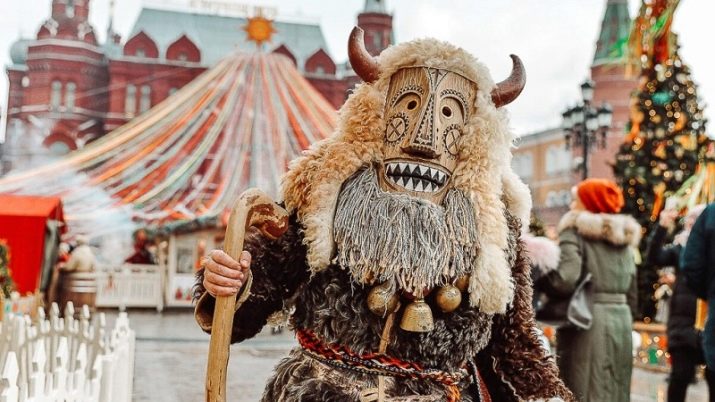
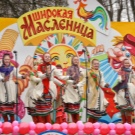
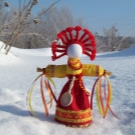

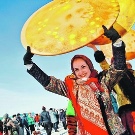
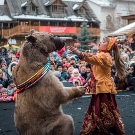
Let's consider the main traditions of this complex action called Shrovetide.
- The first thing that a person far from religion remembers is, of course, pancakes. The roots of the tradition are most likely pagan. Pancake is the simplest baked product that can be prepared even with a small amount of flour. Many researchers see it as a symbolic meaning pointing to the Sun. Some argue that this is the ritual bread of antiquity. Pancakes are a universal treat, they can be eaten with a variety of fillings, or just like that.
- Visiting relatives during Maslenitsa week is certainly a pagan act, the essence of which is the restoration and strengthening of family ties.
- Attendance at temple services, introduced by Christianity. It helps to tune in to the future Lent, to remember the sufferings of Jesus Christ and his Resurrection. Christians celebrate these events with a wide range of spiritual feelings, from compassion to great joy.
- Maslenitsa is widely celebrated with mass festivities with the burning of a scarecrow, valiant games and all sorts of performances.

